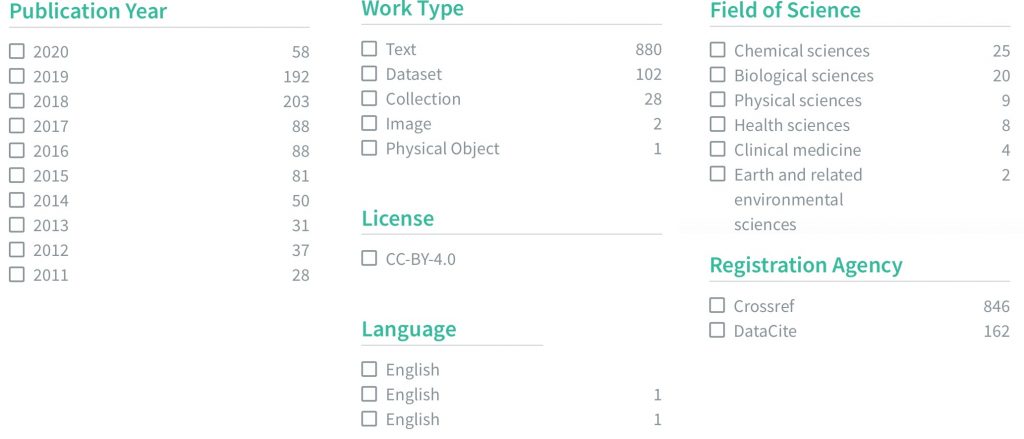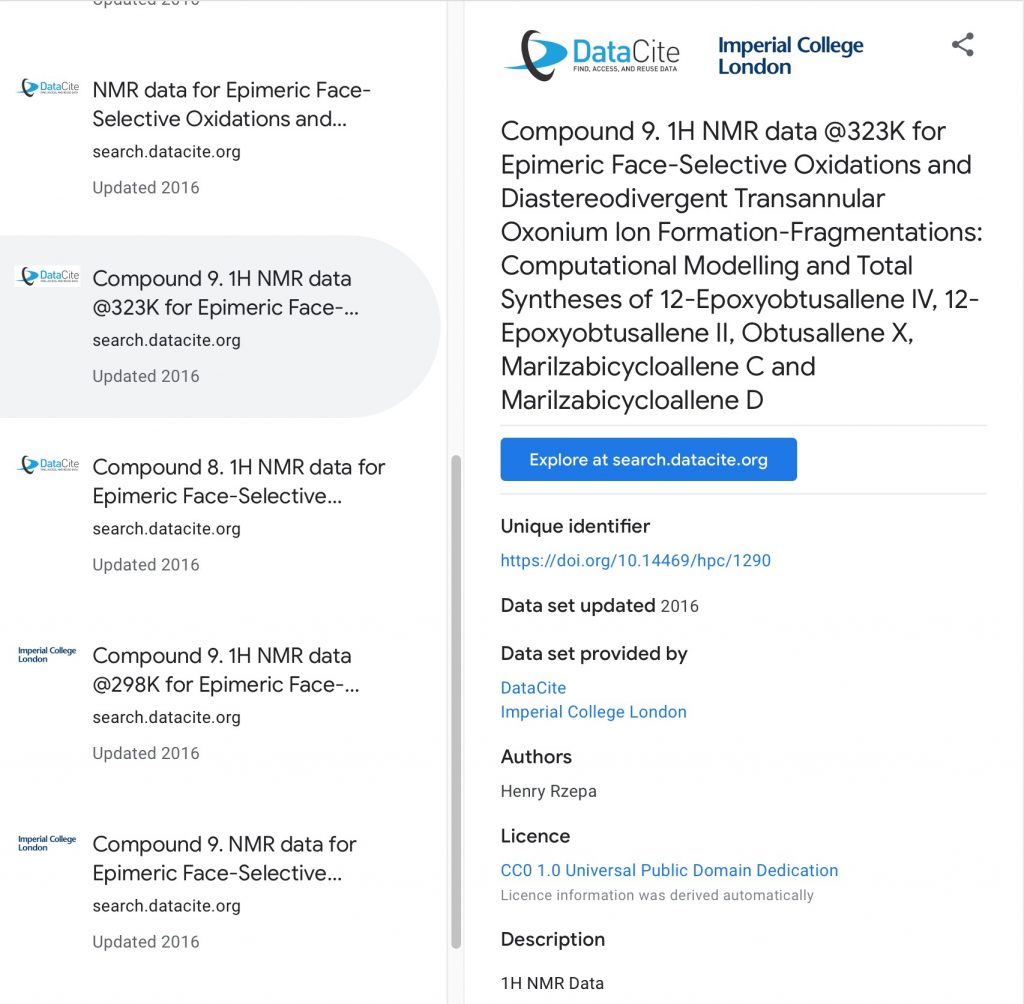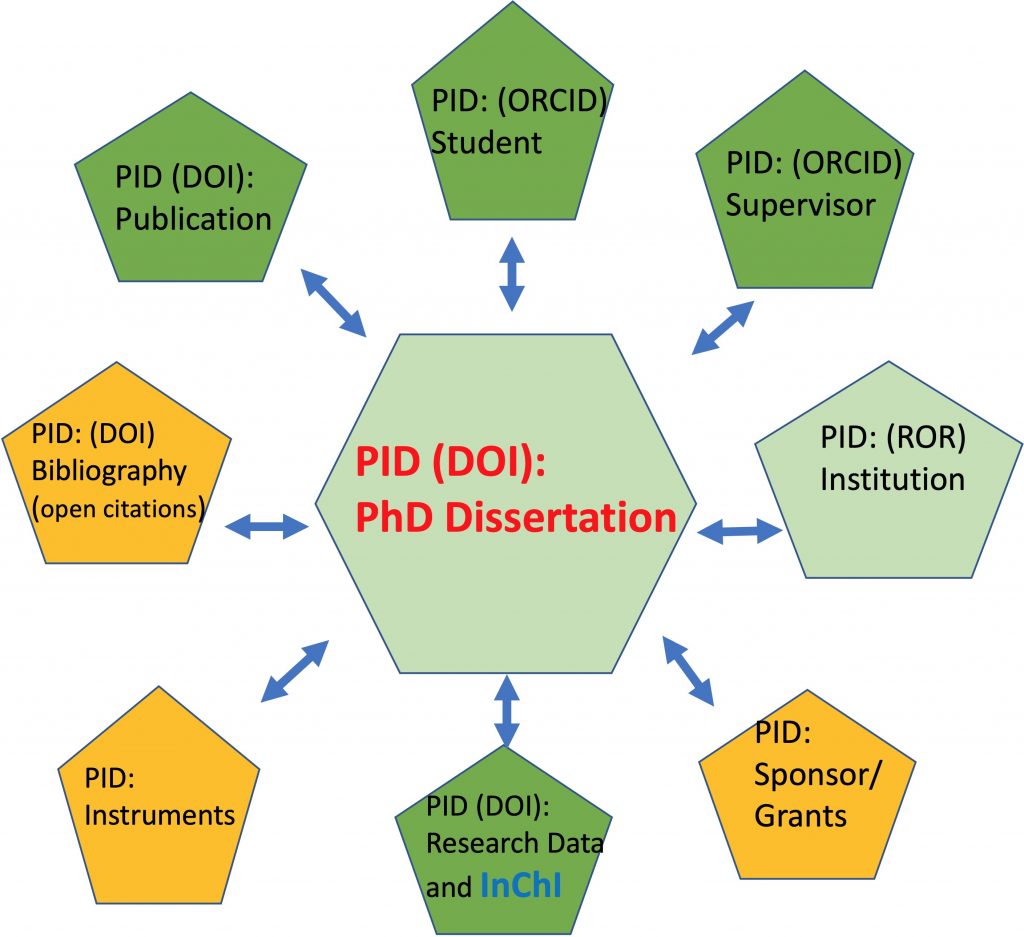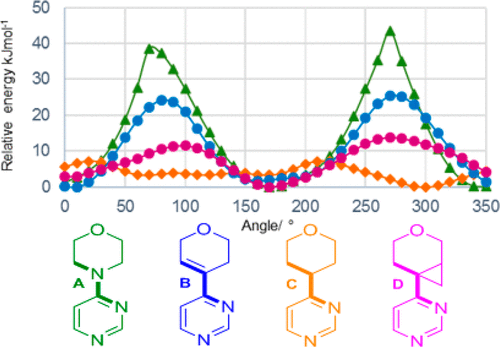
The folks at DataCite have announced a new research object discovery service which aims to give users a “*comprehensive overview of connections between entities in the research landscape”*. The portal https://commons.datacite.org acts as the entry point for three basic types of persistent identifiers (PIDs); Research works, using the DOI (digital object identifier) as a PID.



